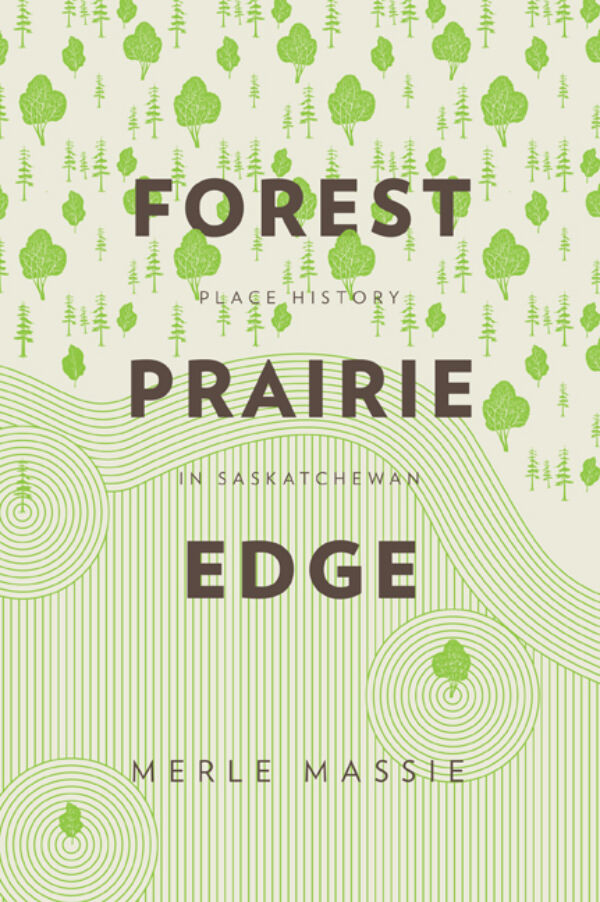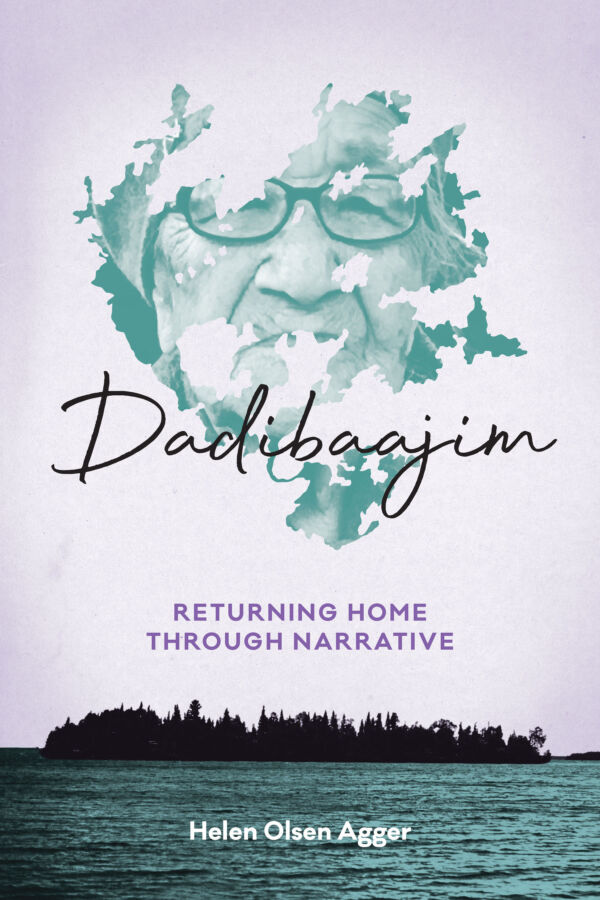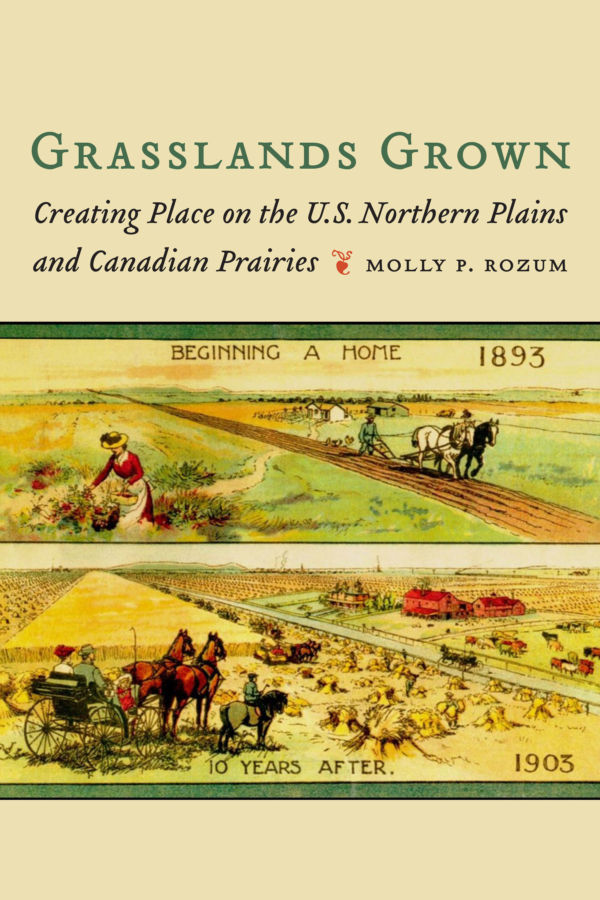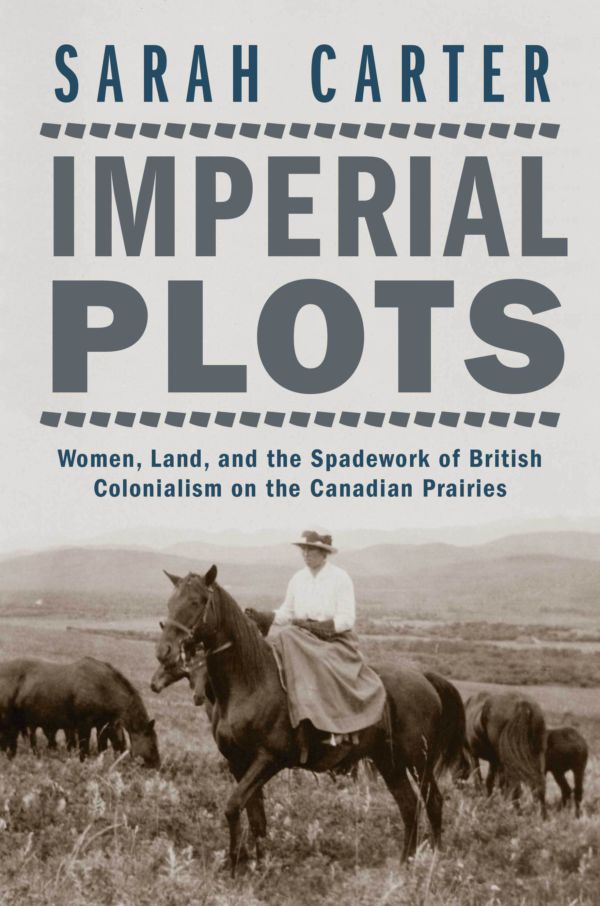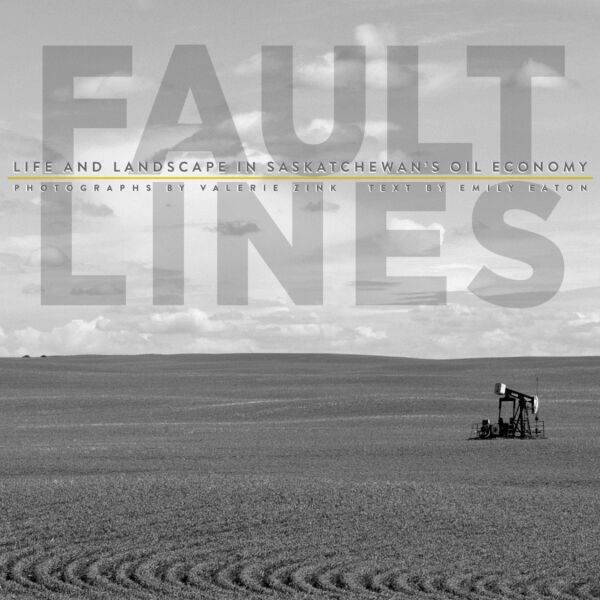Overview
Saskatchewan is the anchor and epitome of the ‘prairie’ provinces, even though half of the province is covered by boreal forest. The Canadian penchant for dividing this vast country into easily-understood ‘regions’ has reduced the Saskatchewan identity to its southern prairie denominator and has distorted cultural and historical interpretations to favor the prairie south.
Forest Prairie Edge is a deep-time investigation of the edge land, or ecotone, between the open prairies and boreal forest region of Saskatchewan. Ecotones are transitions from one landscape to another, where social, economic, and cultural practices of different landscapes are blended. Using place history and edge theory, Massie considers the role and importance of the edge ecotone in building a diverse social and economic past that contradicts traditional “prairie” narratives around settlement, economic development, and culture. She offers a refreshing new perspective that overturns long-held assumptions of the prairies and the Canadian west.
Reviews
"This book stands alongside other recent books that use the environment as a point of departure and that are reshaping our collective understanding of Canada’s West as a diverse and shifting physical, social, and historical space. It brings a refreshing new perspective that forces us to rethink old chesnuts such as regionalism and the Prairie West during the Great Depression, without making these the sole focus of the analysis. It also very effectively incorporates Aboriginal history, interweaving Native and Newcomer perspectives in a thoughtful and thought-provoking fashion.
Massie brings new perspectives from environmental history into the fold, including invaluable discussions of fuel, ecological consequences of exploitation, and the evolving character of agriculture and subsistence in the forest fringe, to offer an exceptional and innovative contribution to our historical understanding of the west."
Liza Piper,, History and Classics, University of Alberta
“An excellent piece of local history that complicates Saskatchewan’s provincial history, provides an excellent resource for scholars interested in how to do local place history, and presents a much more nuanced picture of the settlement of the Canadian prairie.”
Matthew Zantingh, The Goose
“Reveals new narratives, rewrites others, and is yet another demonstration of the excellent environmental history scholarship that has been produced in Canada in recent years.”
Mark McLaughlin, H-Net Reviews
“A remarkable piece of work that has contributed to filling a significant gap in both Saskatchewan and Canadian history. This book challenges not only dominant regional approaches to environmental history, but also the assumptions held by most of us about Saskatchewan as a purely prairie province.”
Naomi Horst, NICHE
“This provocative place history, which calls even Saskatchewan’s designation as the ‘Land of Living Skies’ into question, offers a powerful lens through which to view, interpret, and further question the place in which we find ourselves, regardless of where that is.”
Brenda Schmidt, Alone on a Boreal Stage
“Massie’s command of her sources and intimate knowledge of the place and people allow her to weave together a story that is both personal and universal, and always enlightening.”
James G. Lewis, Forest History Today
Awards
Luther College and University of Regina Arts Award for Scholarly Writing (2015)
About the Author
Table of Contents
Acknowledgements
Figures
Maps
Introduction: Edge, Place, and History
Chapter 1: Ecotones and Ecology
Chapter 2: The Good Wintering Place
Chapter 3: Wood Is Scarce
Chapter 4: A Pleasant and Plentyful Country
Chapter 5: Quality of Permanency
Chapter 6: Poor Man's Paradise
Chapter 7: Accessible Wilderness
Chapter 8: Even the Turnips Were Edible
Conclusion: South of the North, North of the South
Notes
Bibliography
Index

